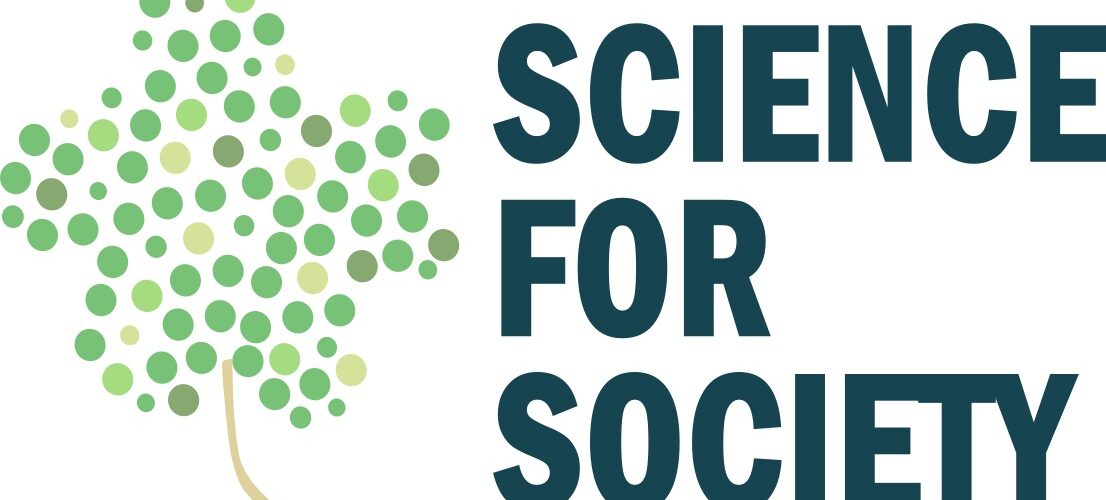Trick of the Light


Take a look at your bedside lamp: you might not have noticed but if you’ve been to Ikea recently you are probably looking at a revolutionary white-light LED bulb. The Swedish home-wear giant stopped selling any other type of bulb globally in September this year – the first major retailer to do so. This is set to become a growing trend as companies and governments react to new technology that will completely change the way we illuminate the world around us.
You might remember grumbling at their relative expense – but then what’s a pound or two more when your LED bulb is going to have a lifetime of 25,000 hours? That’s more than double the longevity of a comparative ‘energy saving’ bulb you can buy elsewhere! This was made possible due to many decades of scientific endeavour and specifically the recent development of blue LEDs using optically smooth GaN crystals. This discovery won the 2014 Nobel Prize for Physics for three of the physicists involved.1 Due to their hard work, we can now produce white LEDs by using blue light to excite emission from yellow phosphor. This allows LEDs to replace traditional bulbs in homes and cities with many benefits.
The most obvious of these advantages is the energy saved due to their relative efficiency (normal bulbs convert only around 4% of the energy they use to light while LEDs can have efficiencies of over 50%). If the one lamp by your bedside is going to save you a decent amount of money in the long term (and help to reduce your ever troublesome carbon footprint) just think of the impact this technology could have when applied all over the globe – after all a staggering 1/3 of energy in industrial economies is used for light.
From our wildly privileged position, it can be easy to forget that there are around a billion people on the planet who have no access to electric light. LEDs have the power to drastically improve the lives of these people as their energy efficiency means they can be powered by solar panels during the day, and used to illuminate the night. For example, communities living in developing countries, such as Malawi, have little choice but to go to bed when darkness falls – the introduction of LEDs could allow them to study, read and use the extra hours productively. This in turn will naturally allow urbanisation to happen at a much faster rate, significantly improving the quality of life for millions.
Many of the world’s great metropolises have already begun the conversion of their orange sodium streetlights to white LEDs and closer to home Glasgow city council aims to convert all streetlamps by 2020. This has obvious benefits as the cities of the future by necessity will have to be more energy efficient due to dwindling natural resources and the threat of climate change. There is also the added opportunity to connect these lamps to a centralised grid with simply mind boggling consequences. For example the city of Los Angles is in the process of connecting all of its LED streetlamps so that they could be controlled by a single laptop.2 This allows them to react in real time to events so the city knows when to repair lights that have gone out. It could allow cities to cut down drastically on crime – when a police call is made, all the streetlights in the surrounding area will snap to action, exposing the criminal in their true light.
But don’t get too over excited – there are actually some negatives to this technology. The light produced has a strong blue tint which can have a negative impact on humans, disrupting natural sleep patterns and increasing the risk of some cancers.3 However, modern production techniques are being pioneered to make them replicate natural light more closely so that these lovely lights can be used more comfortably in our homes.
As the announcement of the 2014 Nobel Prize said “Incandescent bulbs lit the 20th century; the 21st century will be lit by LED lamps”. It’s official – LEDs will undoubtedly change our lives in ways that we cannot even imagine. So next time you’re at your local DIY store, pick up a smart home light set (if you’ve got £70 to spare). Then sit on your sofa controlling all of the lights in your home with the tap of a smartphone and know you’re looking at the future of an interconnected, efficient and – most importantly – sustainable city.








